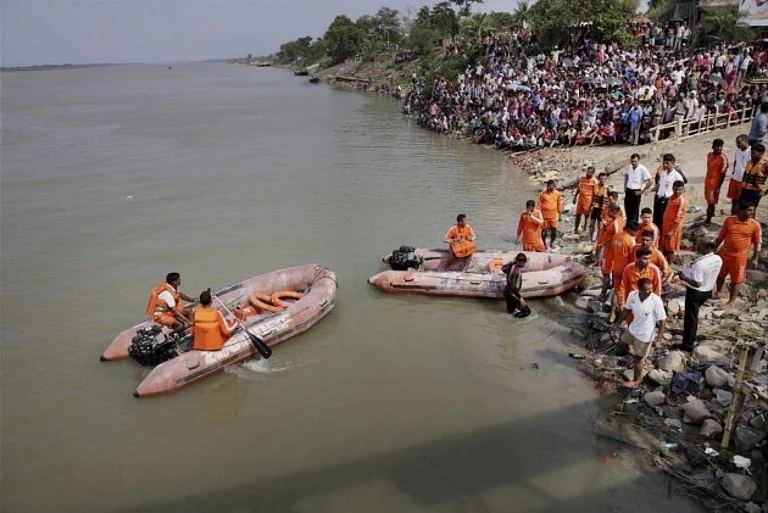With the southern region most hit at just 15 per cent total live storage capacity in reservoirs, the storage capacity this year is below the average of last 10 years during the corresponding period, the Central Water Commission (CWC) data has revealed.
The CWC's analysis also indicated a week-on-week decrease in storage levels, affecting not only the southern region but also the nation as a whole.
As of last Thursday, the southern region's reservoir capacity stood at 16 per cent, dropping from 17 per cent the previous week.
The bulletin from the CWC said the southern region has been severely impacted, with reservoirs operating at only 15 per cent of their total live storage capacity.
The data from the CWC shows that storage levels this year are lower than both the corresponding period last year and the ten-year average for the same period.
Nationally, out of 150 monitored reservoirs, the total live storage capacity is 178.784 billion cubic metres (BCM), approximately 69.35 per cent of the estimated 257.812 BCM created across the country.
However, the live storage available in these reservoirs currently sits at 27 per cent, down from 36 per cent recorded last year and 32 per cent on average over the past decade.
Compared with historical data, the bulletin highlights that the current live storage is only 79 per cent of last year's levels and 92 per cent of the 10-year average for the corresponding period.
The storage during the current year is lower than that of the corresponding period last year in all of the country while it is below the average storage of the last 10 years during the corresponding period in northern, eastern southern and western.
The southern region, encompassing Andhra Pradesh, Telangana, Karnataka, Kerala, and Tamil Nadu, has a total live storage capacity of 53.334 BCM. According to the reservoir storage bulletin dated May 9, the available live storage in these reservoirs is 7.921 BCM, constituting only 15 per cent of their total capacity.
In comparison, last year's storage during the corresponding period was 27 per cent, and the 10-year average was 21 per cent of the live storage capacity.
The northern region, which comprises Himachal Pradesh, Punjab, and Rajasthan, has 10 reservoirs under CWC monitoring with a total live storage capacity of 19.663 BCM. The bulletin reports the current live storage available in these reservoirs at 5.759 BCM, representing 29 per cent of the total live storage capacity.
During the corresponding period last year, the storage was 37 per cent, and the 10-year average was 33 per cent of the live storage capacity.
Similarly, the eastern region, including Assam, Jharkhand, Odisha, West Bengal, Tripura, Nagaland, and Bihar, has 23 reservoirs with a total live storage capacity of 20.430 BCM. The live storage available in these reservoirs currently stands at 6.952 BCM, which is 34 per cent of the total live storage capacity.
In contrast, last year's storage during the corresponding period was 31 per cent, while the 10-year average was 34.2 per cent of the live storage capacity.
The western region, covering Gujarat and Maharashtra, has a total live storage capacity of 37.130 BCM. As per the reservoir storage bulletin, the available live storage in these reservoirs is 10.339 BCM, which is 28 per cent of the total live storage capacity.
Compared with last year's storage during the corresponding period (34 per cent) and the 10-year average (29 per cent), the current year's storage is notably lower.
Lastly, the central region, comprising Uttar Pradesh, Uttarakhand, Madhya Pradesh, and Chhattisgarh, has 26 reservoirs under CWC monitoring with a total live storage capacity of 48.227 BCM. The live storage available in these reservoirs is reported at 16.687 BCM, representing 35 per cent of the total live storage capacity.
While this is a decline from last year's 41 per cent, it is an improvement compared to the ten-year average of 33 per cent during the corresponding period.


























